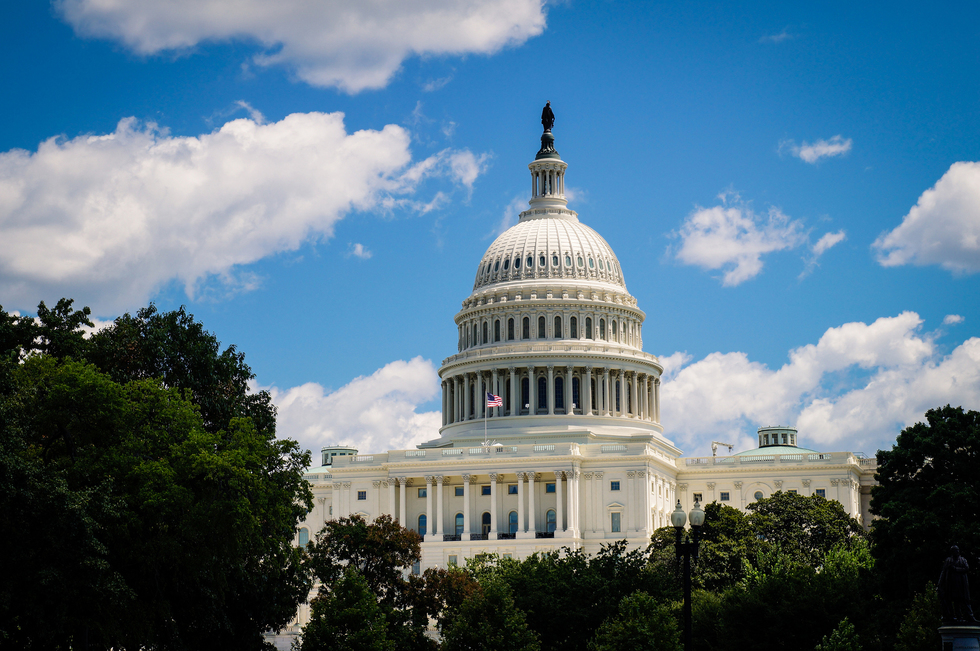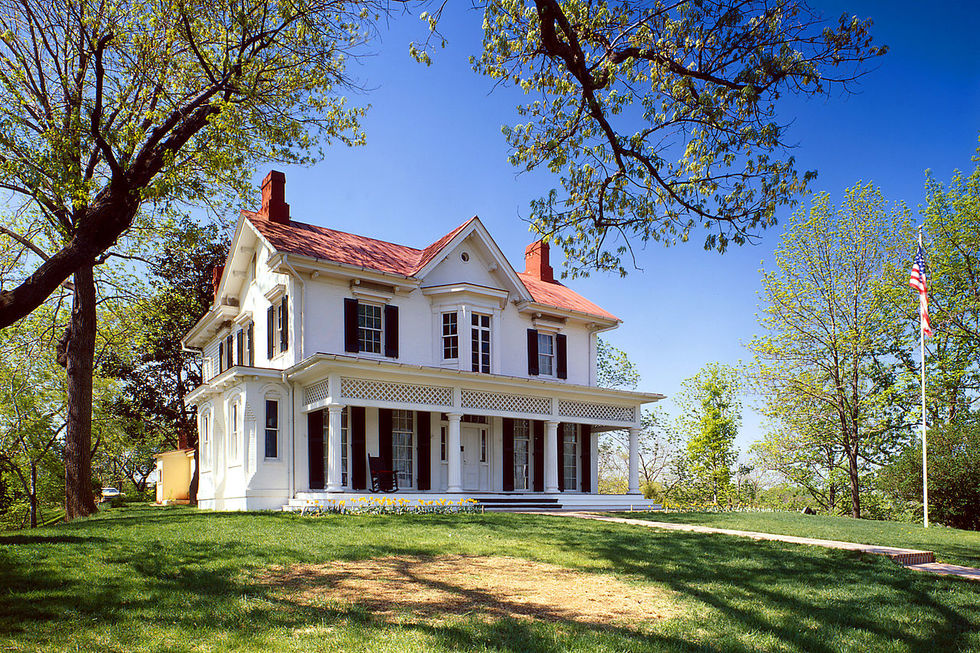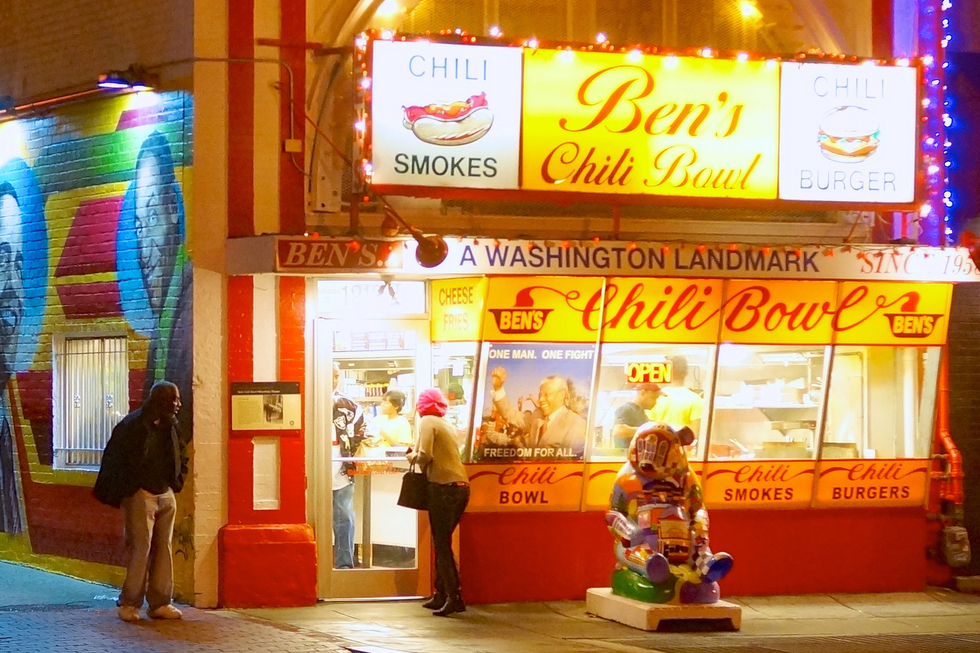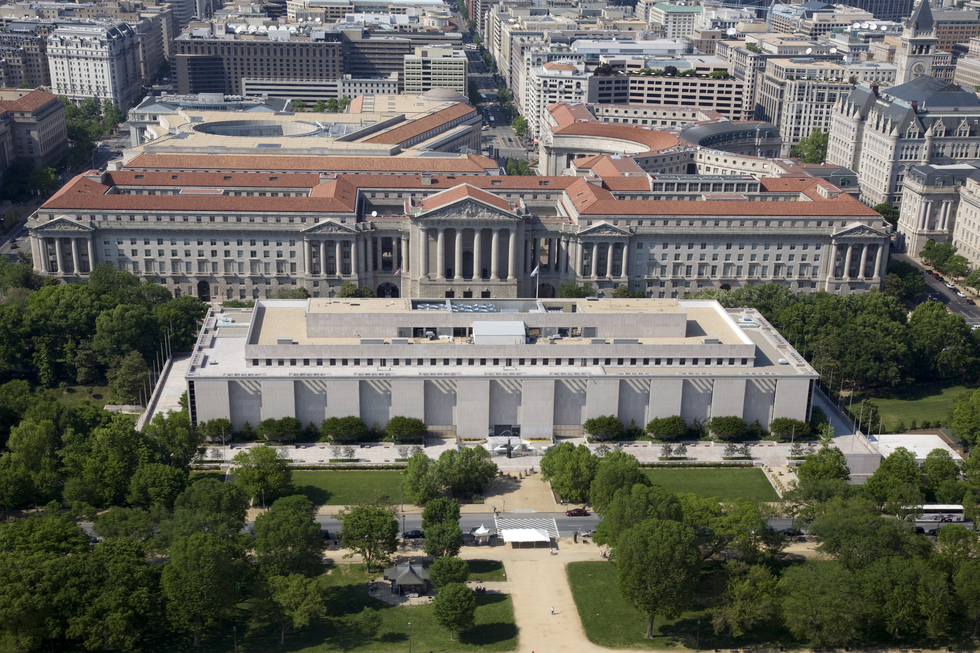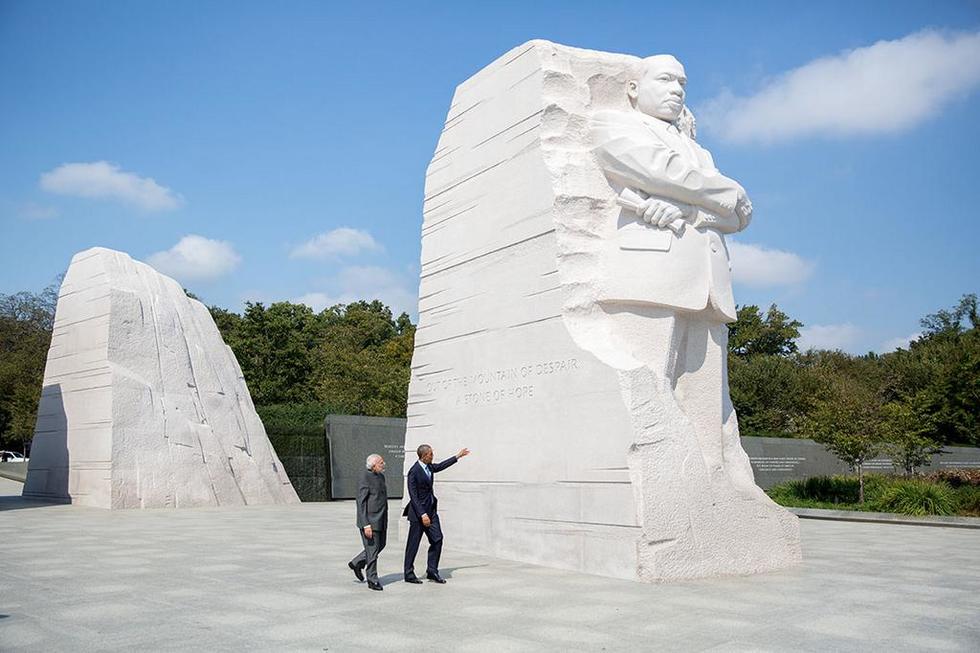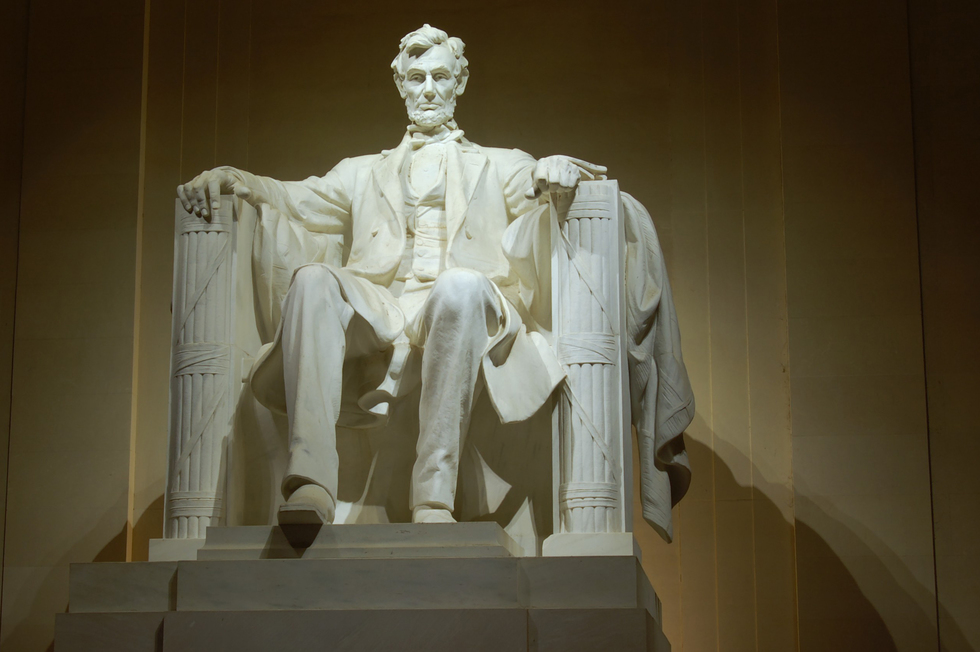Tracing African-American History: A Day Tour in Washington, D.C.
By Elise Hartman FordThe capital’s very design was plotted by self-taught mathematician/surveyor Benjamin Banneker, who in 1791 assisted Andrew Ellicott in mapping out Pierre L’Enfant’s 10 square mile territorial vision. Slaves built many of the capital’s historic buildings, the White House and the U.S. Capitol among them. The population of African Americans in the capital, always significant, now stands at about 50 percent. This tour aims to shed some light on the local and national history of African Americans, from pre-Revolutionary War times to the present.
Start the Tour: Frederick Douglass National Historic Site, in Anacostia.
Follow the Tour: From the house, simply reverse the steps listed above, picking up the DC Circulator at 14th and W sts. SE, this time headed toward Potomac Ave., hop off at the Anacostia Metro station, and catch the Green Line train to the U St./African-American Civil War Memorial/Cardozo stop and exit to 13th St.
Ben’s Chili Bowl: Famous for its half-smokes and chili fries, Ben’s also serves decent vegetarian fare. You’ll see a cross-section of the city at Ben’s, which is open almost 24/7, 365 days a year.
[tel] 202/667-0909.
Follow the Tour: From Ben’s, walk to the corner of 14th and U streets and board the DC Circulator bus headed south in the direction of McPherson Square. Get off at the last stop, walk one block south to H St., turn right on H St. and follow to 1610 H St. NW.
Follow the Tour: Exit the museum Mall-side and find the DC Circulator stop at 12th St. and Madison Dr. Take the Circulator to the Matrin Luther King, Jr. Memorial.
In his 39 years, the Rev. Dr. Martin Luther King, Jr. helped found the Southern Christian Leadership Conference, wrote and delivered 2,500 speeches, organized massive protests and drives to register black voters, won the Nobel Peace Prize, and last but certainly not least, led the August 28, 1963 historic March on Washington for Jobs and Freedom that convinced Congress to pass the Civil Rights Act of 1964. Inscribed into the memorial walls are 16 quotes that attempt to define the man, including one that inspired the memorial’s design: “Out of the mountain of despair, a stone of hope.” Now visit the place where King delivered that line.
Follow the Tour: Cross Independence Ave. and walk westward along the avenue until you reach a lane leading to the Lincoln Memorial.





